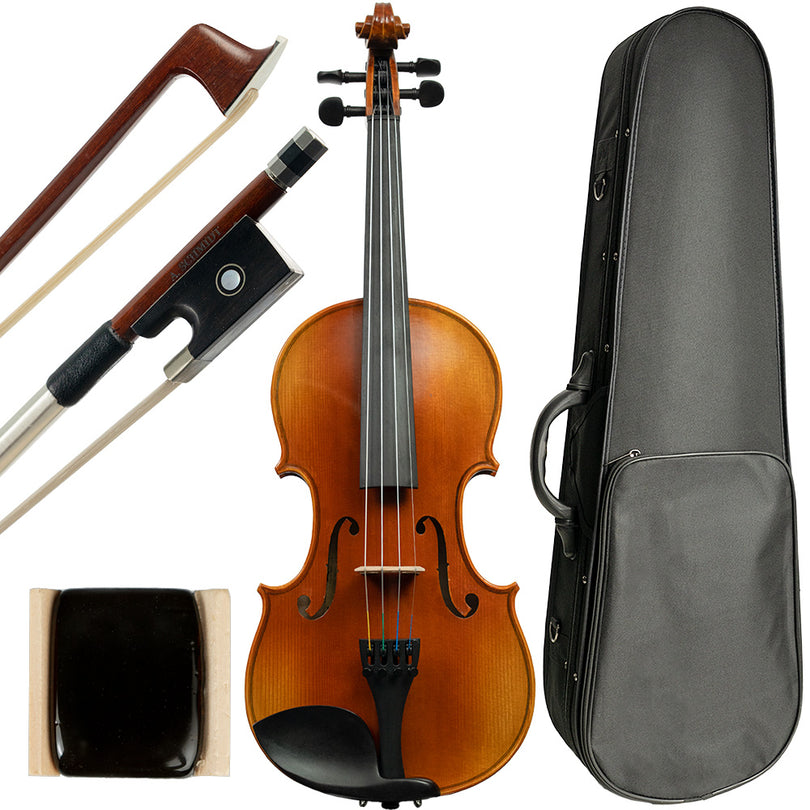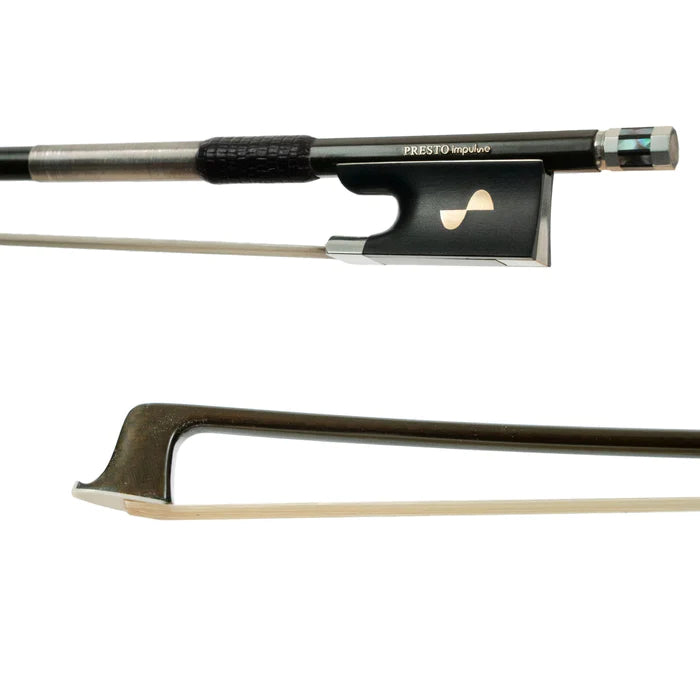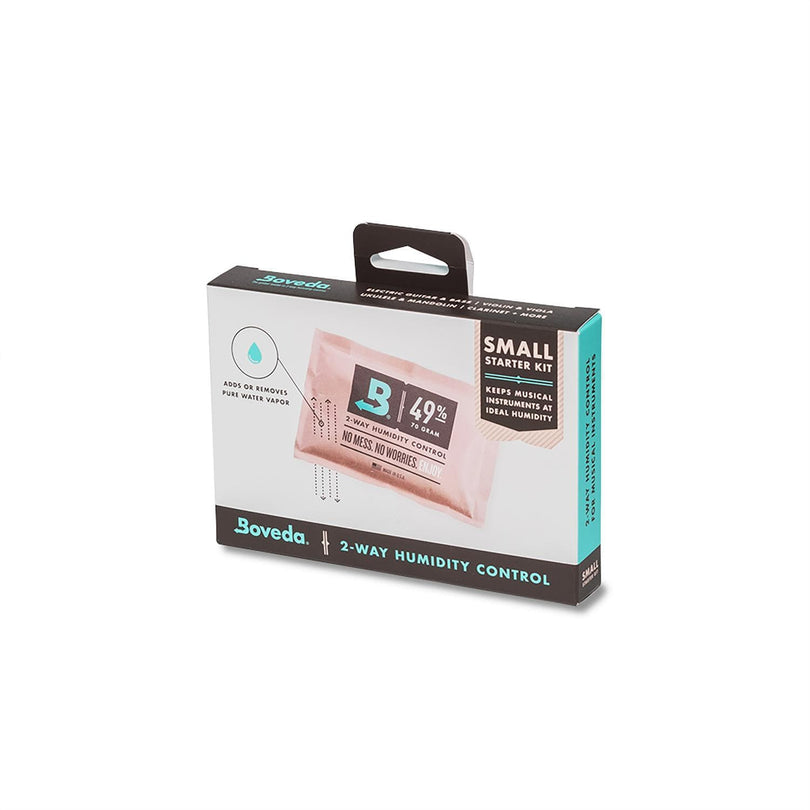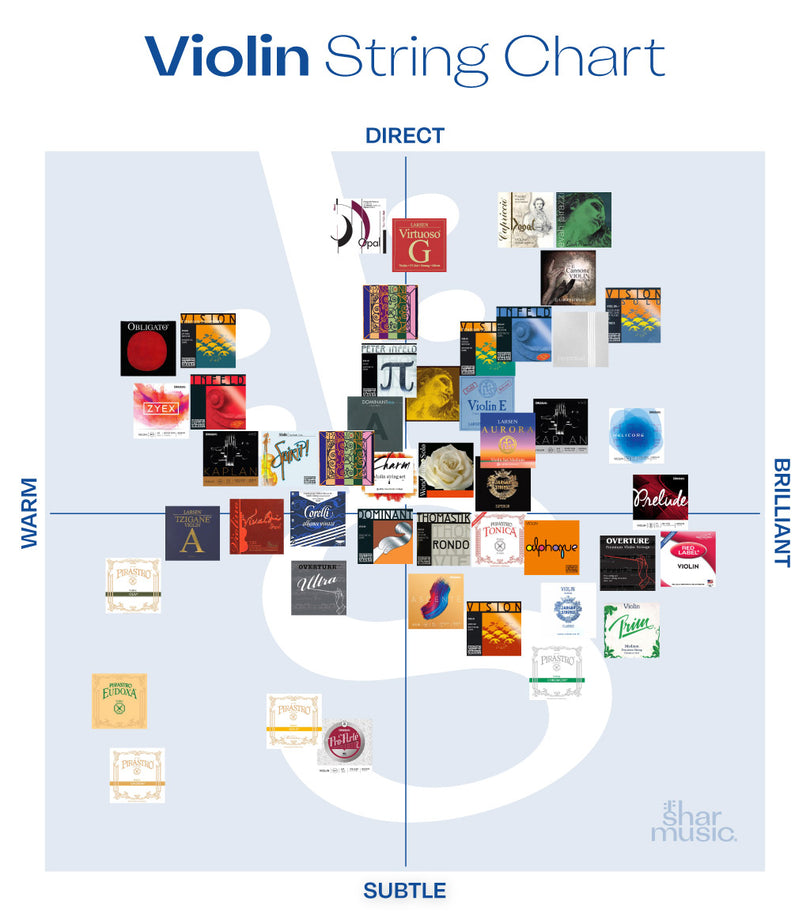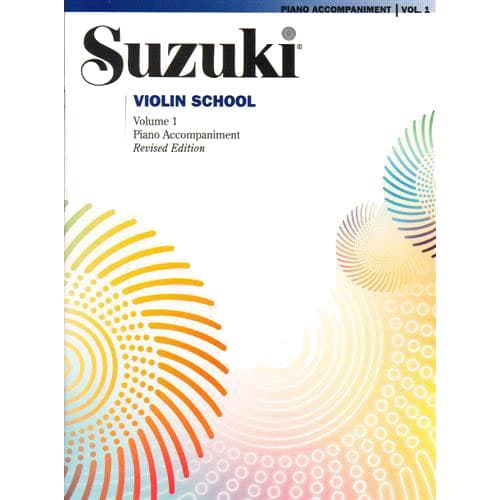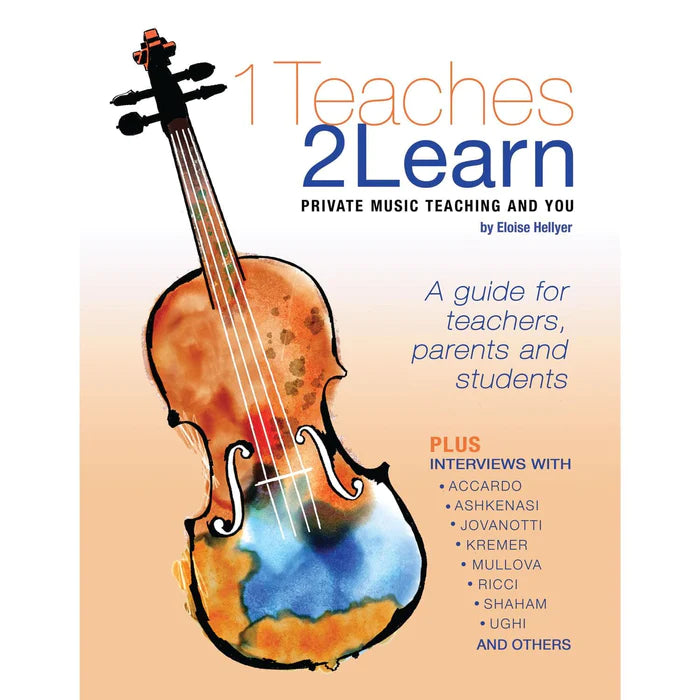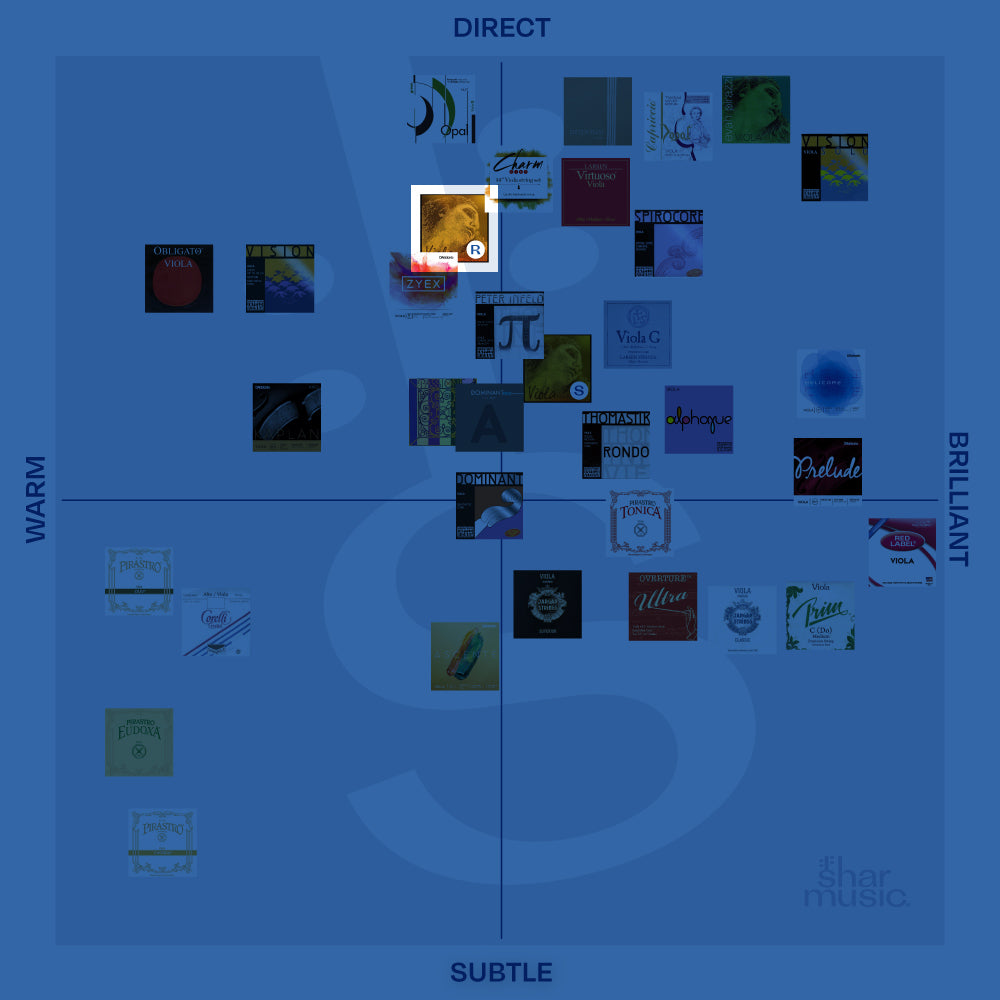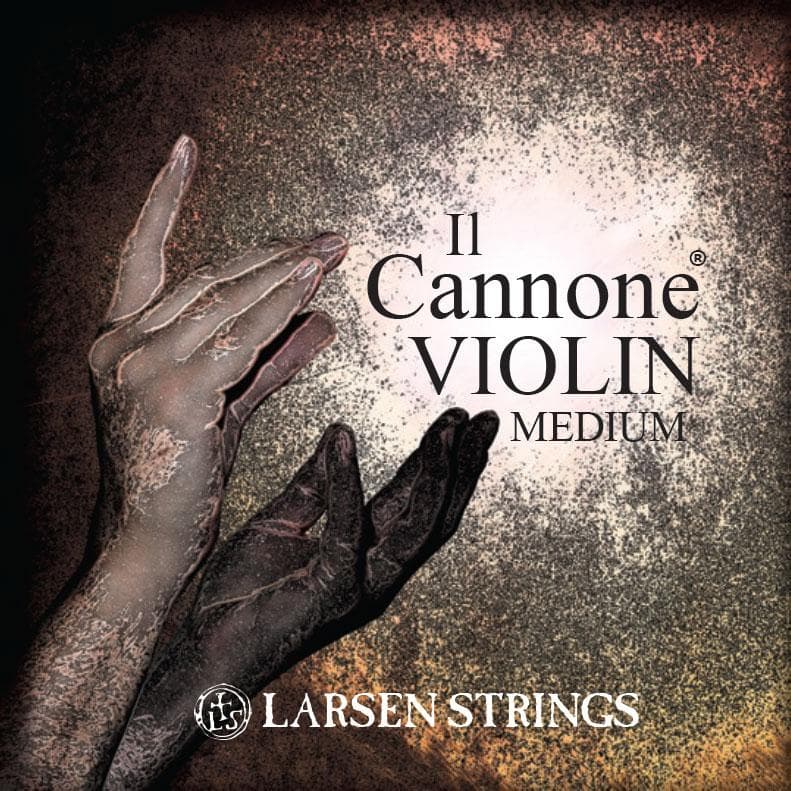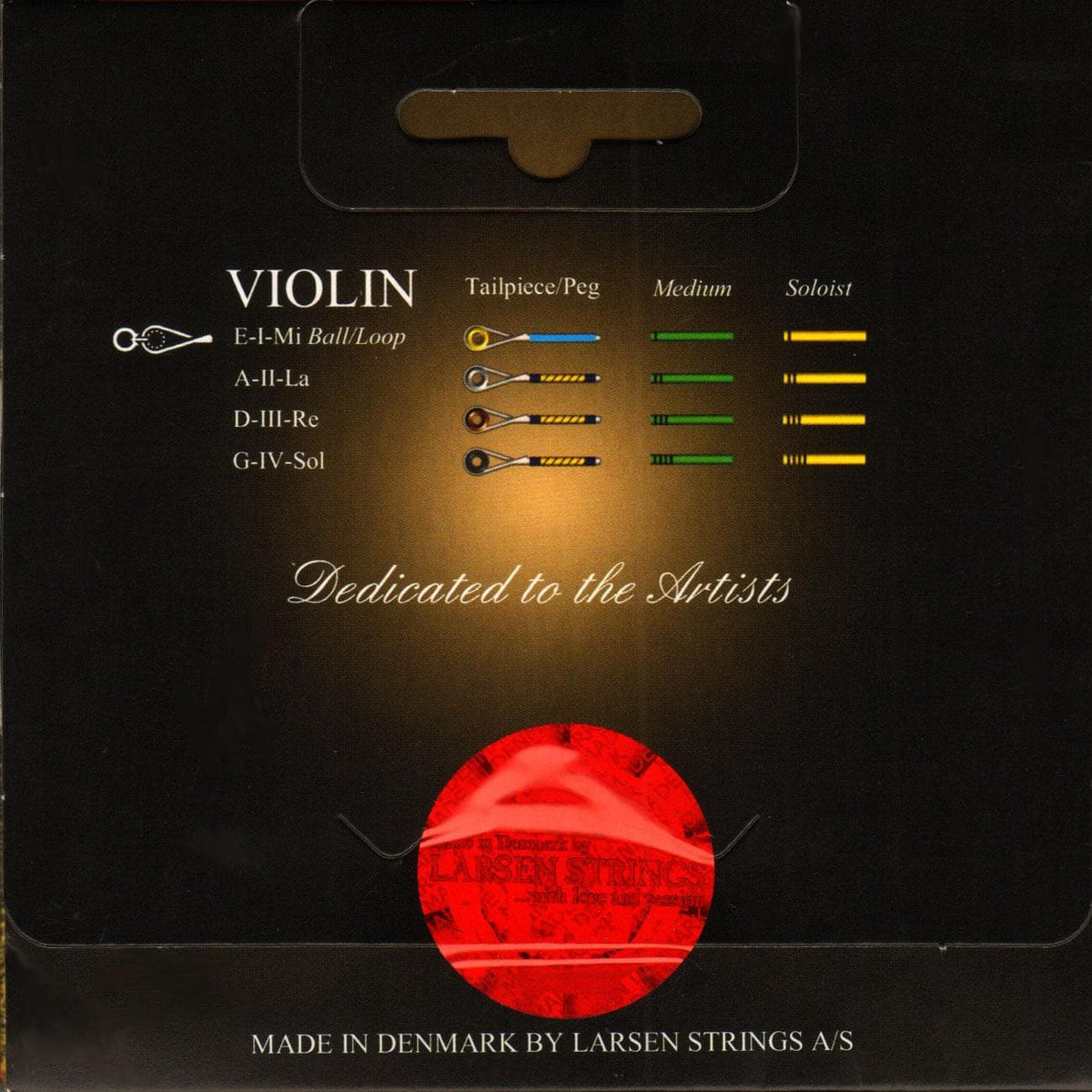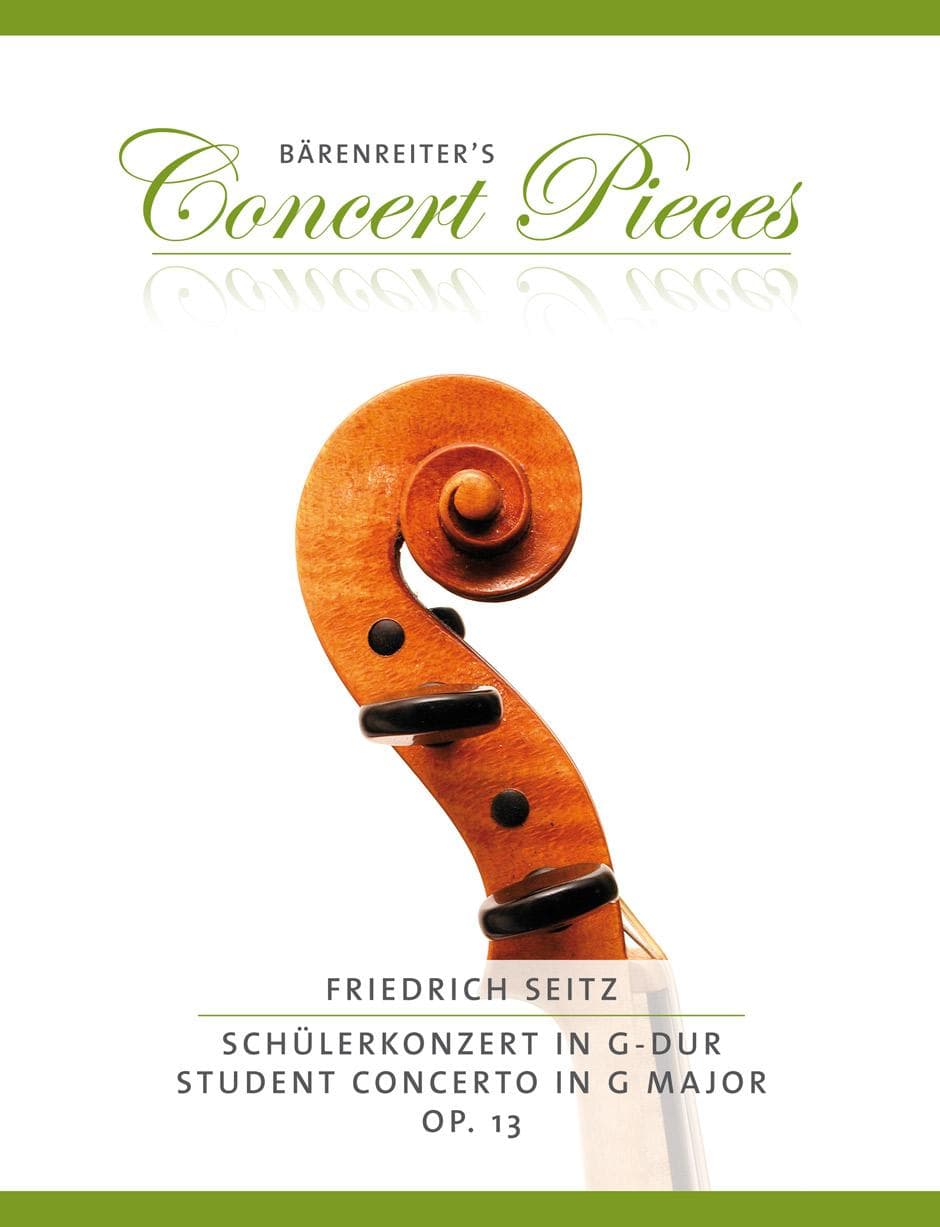
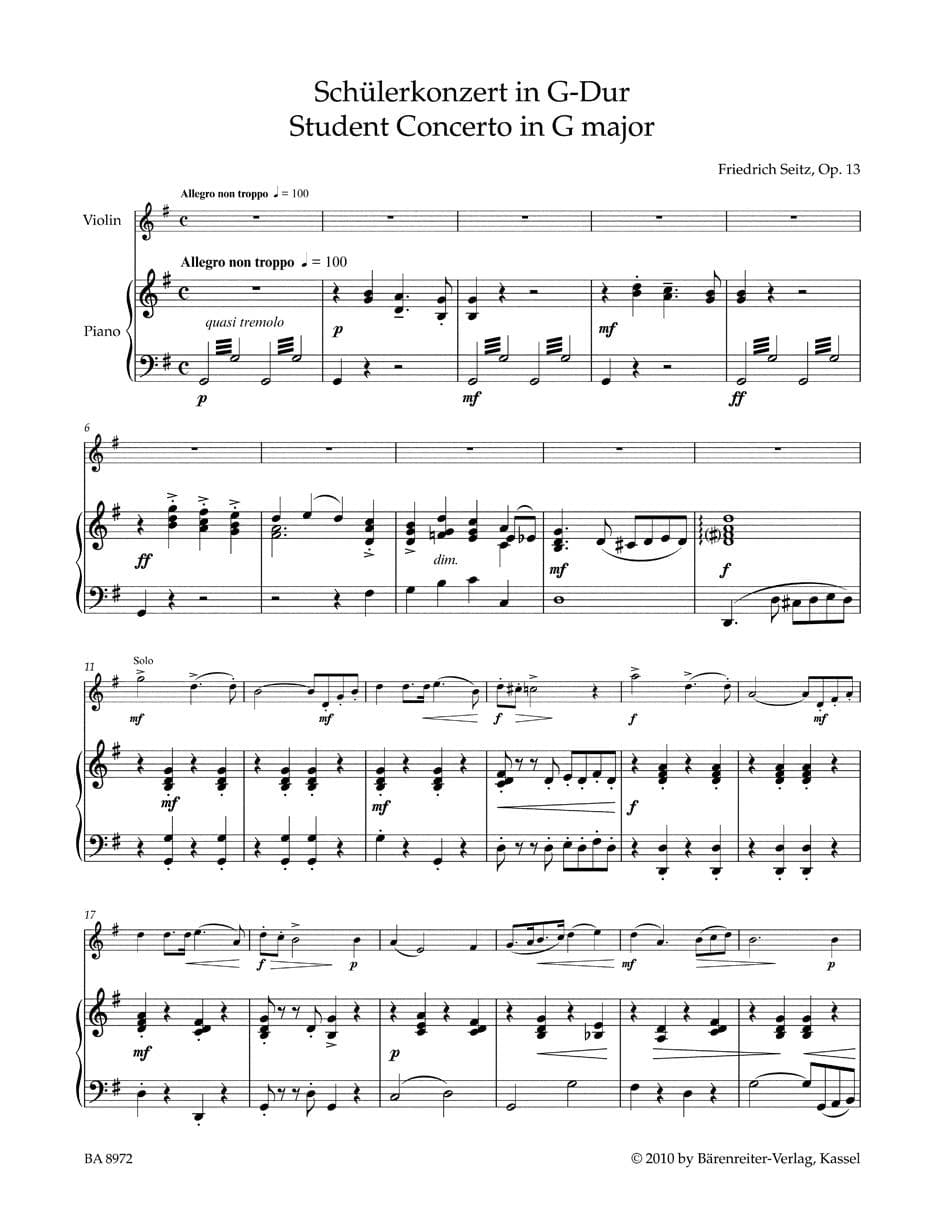

Shar Music
Seitz, Fritz (Friedrich) - Student Concerto Number 2 in G Major, Opus 13 - for Violin and Piano - Bärenreiter
Quantity:
REVIEW VIDEOS
This series comprises the most popular beginner concertos forviolinists. The editions include a solo violin part and a pianoreduction for the accompanist. The series is edited by KurtSassmannshaus, the internationally renowned violin teacher andco-author of the Sassmannshaus violin method. The concerto volumes forman ideal continuation of this method and can be used in parallel fromvolume three onwards.
Friedrich Seitz (1848-1918) was a professional German violinist and composer during the romantic era. He was concertmaster of the orchestra in Magdeburg, and later leader of the orchestra at the Court in Dessau. The beautiful melodies in his concertos offer young players the chance to use their bow technique for musical expression.
The Student Concerto No. 2 in G can be introduced after the completion of Volume 3 of the Sassmannshaus Tradition Early Start on the Violin. It corresponds with Violinmasterclass.com Grade Level 2 and ASTA Rating Beginner (1-2).
Skills required for this work:
- Left Hand: 1st position, basic double stops
- Right Hand: Detache, Legato, Spiccato
- Rhythms: Eighth Notes, Sixteenth Notes, Thirty Second Notes, Dotting Rhythms, Triplets
This concerto requires that students can comfortably play in first position. The fast passages require good coordination between the left and right hand. The student must have proficiency in detache and legato techniques. In addition, elementary spiccato or brush strokes are required.
To practice right and left hand coordination, the student can play simple scales in first position. Each scale note is repeated four times, then - keeping the tempo of each stroke identical - each note is repeated three times, then two times, and then the student can play one note per stroke. The speed of these exercises should be gradually increased.
- Kurt Sassmannshaus,
Cincinnati, January 2010
Friedrich Seitz (1848-1918) was a professional German violinist and composer during the romantic era. He was concertmaster of the orchestra in Magdeburg, and later leader of the orchestra at the Court in Dessau. The beautiful melodies in his concertos offer young players the chance to use their bow technique for musical expression.
The Student Concerto No. 2 in G can be introduced after the completion of Volume 3 of the Sassmannshaus Tradition Early Start on the Violin. It corresponds with Violinmasterclass.com Grade Level 2 and ASTA Rating Beginner (1-2).
Skills required for this work:
- Left Hand: 1st position, basic double stops
- Right Hand: Detache, Legato, Spiccato
- Rhythms: Eighth Notes, Sixteenth Notes, Thirty Second Notes, Dotting Rhythms, Triplets
This concerto requires that students can comfortably play in first position. The fast passages require good coordination between the left and right hand. The student must have proficiency in detache and legato techniques. In addition, elementary spiccato or brush strokes are required.
To practice right and left hand coordination, the student can play simple scales in first position. Each scale note is repeated four times, then - keeping the tempo of each stroke identical - each note is repeated three times, then two times, and then the student can play one note per stroke. The speed of these exercises should be gradually increased.
- Kurt Sassmannshaus,
Cincinnati, January 2010
Sheet Music Return Policy
If you are not satisfied with this item for any reason, you may return it for a full refund within 30 days of purchase Unless the music received is defective or has been shipped in error, all returned music will be subject to a restocking fee of $2.00 per title
If you have any questions about this product's warranty or to make a return, please contact our Customer Service Department at 8007934334 or email us at Sharserv@Sharmusiccom
If you are not satisfied with this item for any reason, you may return it for a full refund within 30 days of purchase Unless the music received is defective or has been shipped in error, all returned music will be subject to a restocking fee of $2.00 per title
If you have any questions about this product's warranty or to make a return, please contact our Customer Service Department at 8007934334 or email us at Sharserv@Sharmusiccom

